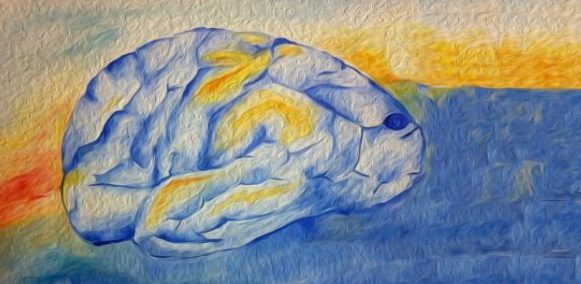Theoretical neuroscience
Theory of spike initiation, sensory systems, autonomous behavior, epistemology
Editor Romain Brette
Cell learning (2018)
Sindy K.Y. Tang, Wallace F. Marshall
DOI: 10.1016/j.cub.2018.09.015 PubMed: 30352182
This is a short review on learning in unicellular organisms, in particular ciliates (Stentor and Paramecium) and the slime mold. Different types of learning have been observed, the most studied being habituation (mostly in Stentor). Studies have shown that properties of habituation are similar in Stentor and in multicellular organisms. Other forms of learning include learning to escape from a tube, anticipation of periodic stimuli, conditioned learning. Learning mechanisms remain unknown. An interesting aspect is that some of these cells are excitable, in particular the ciliates: they produce action potentials. In other words, these are examples of pseudo-neurons in which learning (property of the organism) can be related to plasticity (property of the cell), and therefore it has high theoretical interest.
